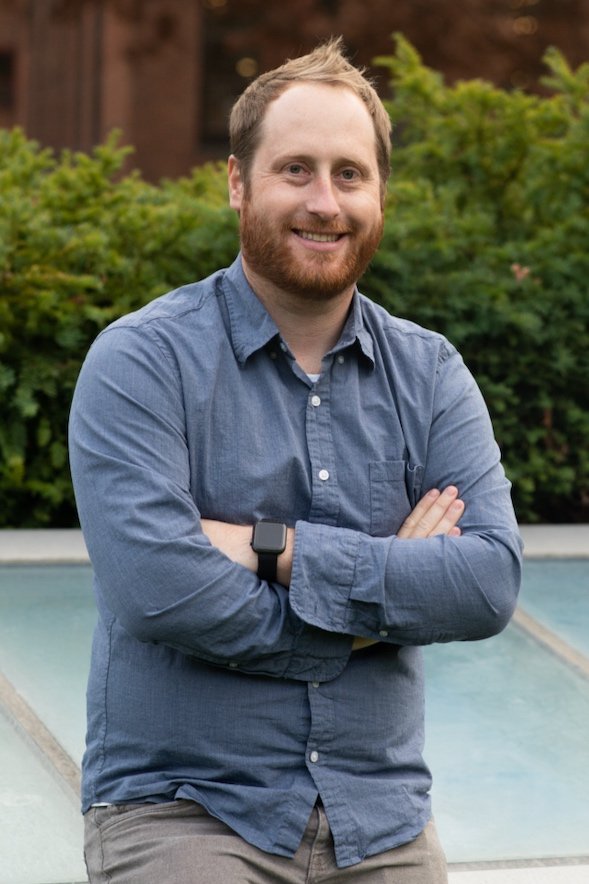About Dr. Bruckner
More useful and fun links:
This is the best explanation I’ve found of how science works.
XKCD is a beautiful, poignant, and funny webcomic.
Rxivist tracks the most talked about scientific preprints.
PREreview is a service facilitating feedback for scientific preprints.
CourseSource gathers evidence-based teaching resources for undergraduate biology.
Experiment is a crowdfunding platform for science. Try funding a small project!
Interstellate uses beautiful scientific images to promote science awareness.
Kurzgesagt makes great animated videos explaining complex scientific ideas. Check out this one on host-microbe interactions.
How does the machine work? I am driven to understand the mechanisms of basic biological processes that can inform interventions for diverse diseases, especially those for which therapies have been difficult to develop. To better understand human disorders, we must also address the complex microbial communities that live in, on, and around us and that can exert profound influence on our biology. Recent estimates suggest that, at least in terms of total cell count, we may in fact be more bacteria than human (Sender et al., 2016).
I grew up in the Seattle area and completed my undergraduate education at Colorado College, where on multi-week field excursions into the American Southwest I learned how to delve into a scientific topic and approach science as play, a mentality that continues to bring creativity and energy to my experiments.
My scientific career started studying genetic interactions between viruses and the immune system in the Gretch and Koelle laboratories at the University of Washington in Seattle. This early work on Hepatitis C virus and Herpes simplex virus 1 sparked my interest in addressing complex host-microbe interactions beyond pathogenesis.
I began my PhD in Cell and Molecular Biology at the University of Wisconsin-Madison intending to study parasites, but I discovered an interest in working with model organisms to address basic questions in cell and molecular neurobiology. Synapses are the fundamental units of brain circuits, and therefore implicated at the root of many diverse neurological disorders. In the laboratory of Dr. Kate O’Connor-Giles, I focused on dissecting the regulation of synaptic development, plasticity, and function using Drosophila fruit flies as a model. In 2012 I received a National Science Foundation Graduate Research Fellowship to support this work.
In 2017 I joined the Eisen and Washbourne laboratories at the University of Oregon to fuse my interests in neurobiology and host-microbe interactions. My work at the University of Oregon, the birthplace of international zebrafish research, is a unique opportunity to study microbial modulation of neurodevelopment in an intact, genetically amenable vertebrate. My work is currently supported by a Life Sciences Research Foundation Fellowship funded by the Open Philanthropy Project.
Aside from my own research, I am also a passionate advocate for optimizing the scientific endeavor. For example, I’ve consulted on the development of tools for scientists like Benchsci, and serve as an institutional ambassador for the science communication nonprofit ASAPbio. I support University of Oregon postdocs as co-chair of the University of Oregon Postdoc Association committee, and co-founded ArtSciOregon, a new organization to leverage aesthetics to promote and support University of Oregon research. I also enjoy teaching and mentoring, and have led classes in neurobiology, electrophysiology, and microscopy for students at many levels.
I make sure to nurture my scientific life with adventures outside of the laboratory. In the summer months I enjoy hiking and camping, and often head to the Oregon coast to kitesurf; in the winter I head to the mountains to ski. I volunteer as an alpine patroller for the Santiam Pass Ski Patrol at Hoodoo mountain in central Oregon, and if I have spare time at home I like to brew beer.
